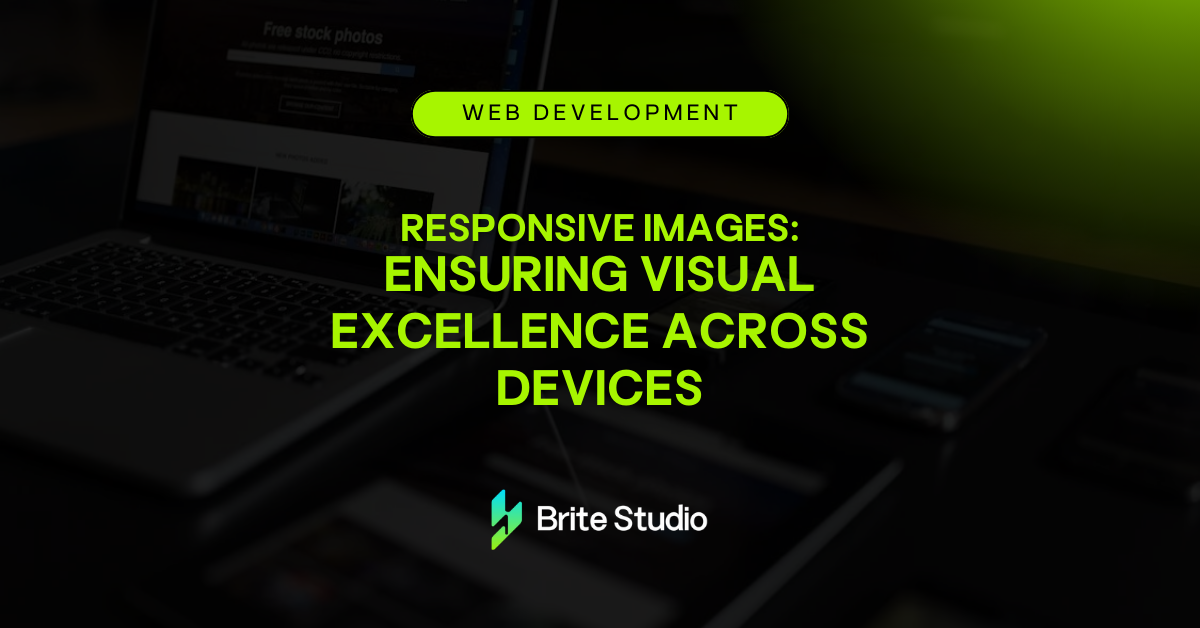Ready to take your website to the next level and ensure it looks stunning on every device? Well, you’re in luck because today we’re diving into the world of responsive images—a game-changer for visual excellence across devices. Let’s get started!
Key Takeaways:
1. Responsive images adapt and adjust to fit the screen size and resolution of the device, ensuring visual excellence across devices.
2. Use srcset and sizes attributes to specify multiple image sources and sizes for optimal performance.
3. Implement the picture element for granular control over image display across devices.
4. Optimize image file sizes to ensure fast loading times without compromising visual quality.
5. By embracing responsive images, you can provide a seamless and visually pleasing experience for your website visitors on any device.
Responsive Images: Ensuring Visual Excellence Across Devices
In today’s mobile-first world, where users access websites on a wide range of devices, ensuring your images look great on every screen size is more important than ever. That’s where responsive images come in. By optimizing your images for different devices, you can provide a seamless and visually pleasing experience for your visitors, no matter what device they’re using.
What are Responsive Images?
Let’s start with the basics. Responsive images are images that adapt and adjust to fit the screen size and resolution of the device they’re being viewed on. Instead of serving the same image to every device, responsive images use different image sizes and resolutions to ensure optimal visual quality and fast loading times across devices.
Using srcset and Sizes Attributes
One of the key tools for implementing responsive images is the srcset and sizes attributes. These attributes allow you to specify multiple image sources and sizes, letting the browser choose the most appropriate image to display based on the device’s screen size and resolution. This ensures that users get the best possible image quality without sacrificing performance.
Implementing Picture Element
For more advanced image control, you can use the picture element. This HTML element allows you to define multiple image sources and conditions for when each source should be used. Whether it’s different aspect ratios, resolutions, or file formats, the picture element gives you granular control over how your images are displayed across devices.
Optimizing Image File Sizes
In addition to using responsive image techniques, it’s also important to optimize your image file sizes for fast loading times. This includes using modern image formats like WebP, JPEG 2000, or AVIF, as well as compressing images to reduce file size without sacrificing visual quality. By keeping your image file sizes in check, you can ensure your website loads quickly and efficiently on any device.
So there you have it, folks! With responsive images in your toolkit, you can ensure your website looks stunning and loads quickly on every device, from smartphones to desktops. So why wait? Start optimizing your images today and delight your visitors with visual excellence across devices!




